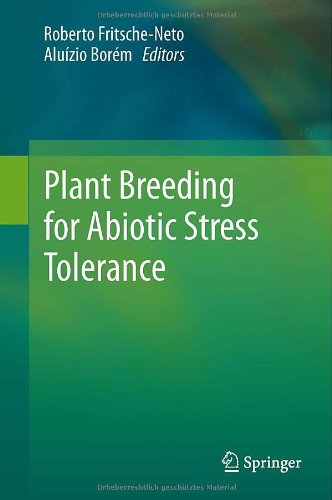

Most ebook files are in PDF format, so you can easily read them using various software such as Foxit Reader or directly on the Google Chrome browser.
Some ebook files are released by publishers in other formats such as .awz, .mobi, .epub, .fb2, etc. You may need to install specific software to read these formats on mobile/PC, such as Calibre.
Please read the tutorial at this link: https://ebookbell.com/faq
We offer FREE conversion to the popular formats you request; however, this may take some time. Therefore, right after payment, please email us, and we will try to provide the service as quickly as possible.
For some exceptional file formats or broken links (if any), please refrain from opening any disputes. Instead, email us first, and we will try to assist within a maximum of 6 hours.
EbookBell Team

4.0
76 reviewsThe rapid population growth and the increase in the per capita income, especially in the group of emerging countries referred to as BRIC countries (Brazil, Russia, India, China and South Africa) has created huge pressure for the expansion of the agricultural growing area and the crop yields to meet the rising demand. As a result, many areas that have been considered marginal for growing crops, due to their low fertility, drought, salinity, and many other abiotic stresses, have now been incorporated in the production system. Additionally, climate change has brought new challenges to agriculture to produce food, feed, fiber and biofuels. To cope with these new challenges, many plant breeding programs have reoriented their breeding scope to stress tolerance in the last years. The authors of this book have collected the most recent advances and discoveries applied to breeding for abiotic stresses in this book, starting with new physiological concepts and breeding methods, and moving on to discuss modern molecular biological approaches geared to the development of improved cultivars tolerant to most sorts of abiotic stress.
Written in an easy to understand style, this book is an excellent reference work for students, scientists and farmers interested in learning how to breed for abiotic stresses scenarios, presenting the state-of-the-art in plant stresses and allowing the reader to develop a greater understanding of the basic mechanisms of tolerance to abiotic stresses and how to breed for them.